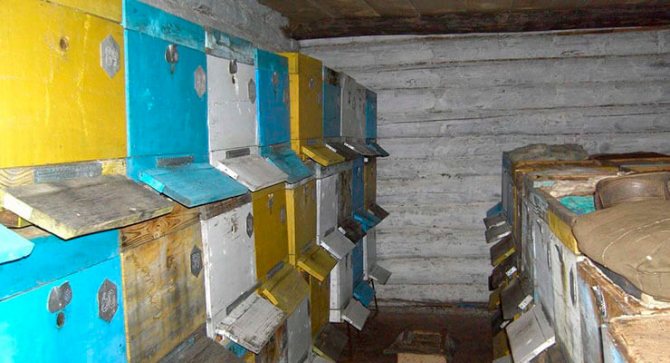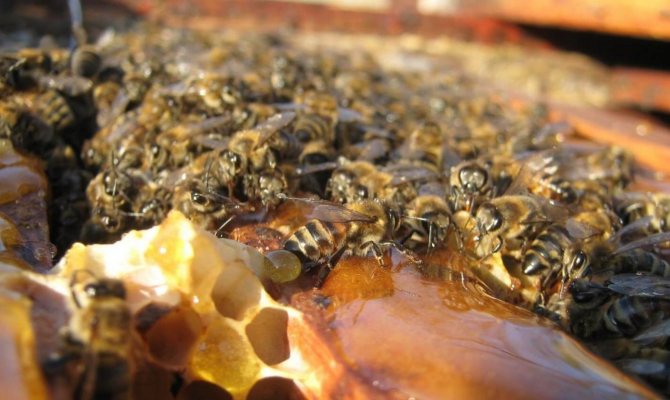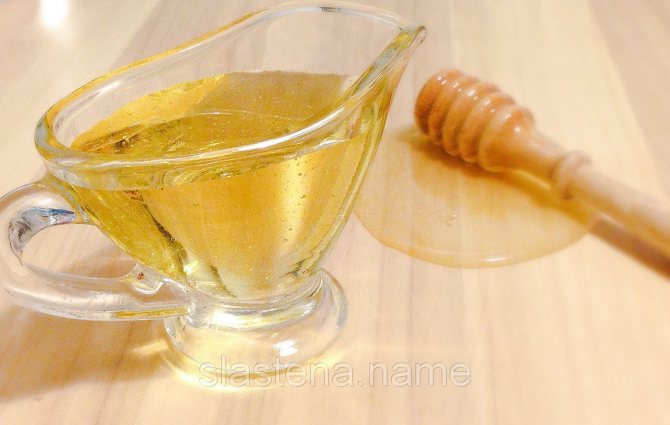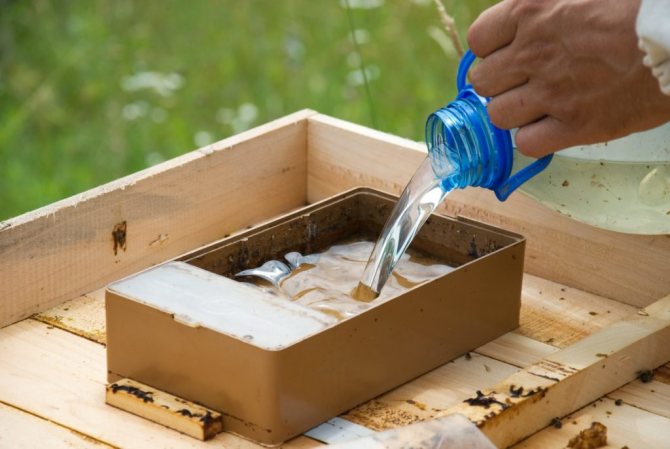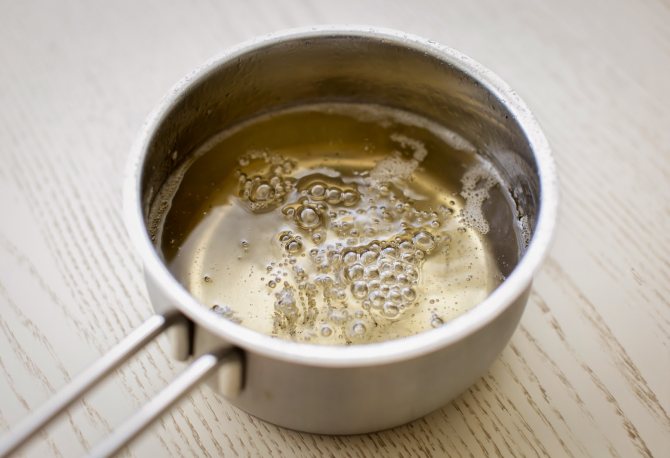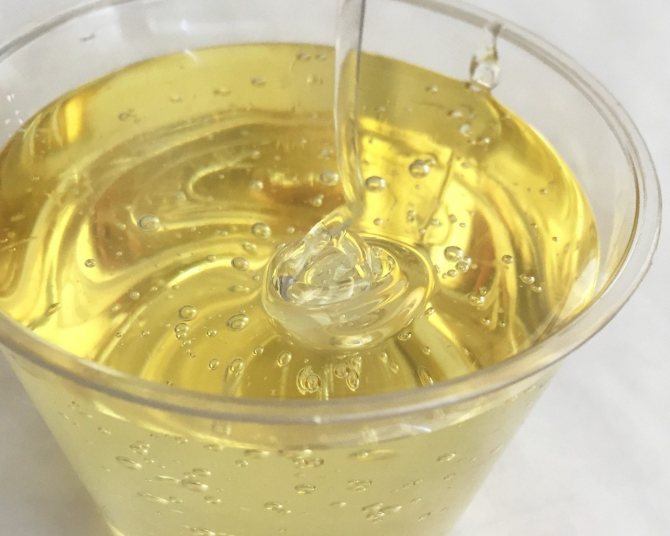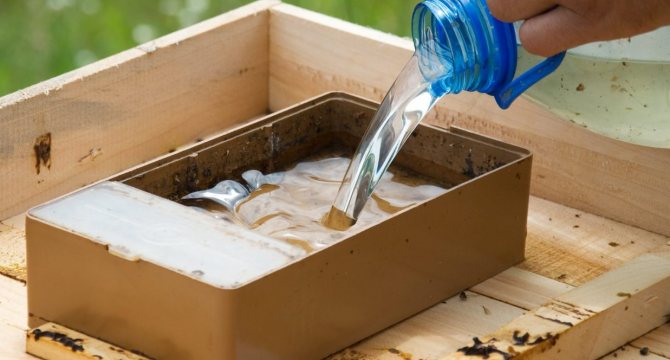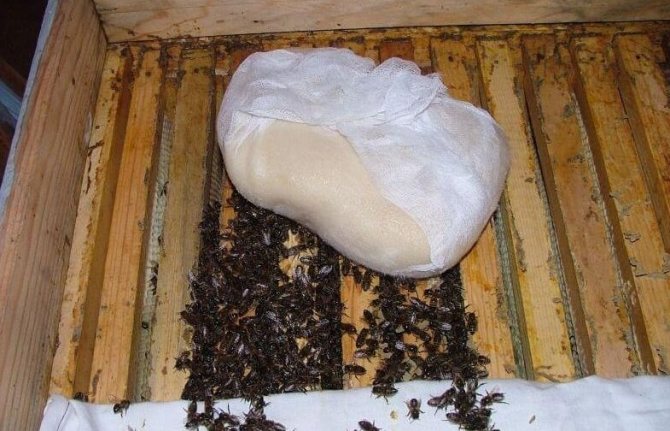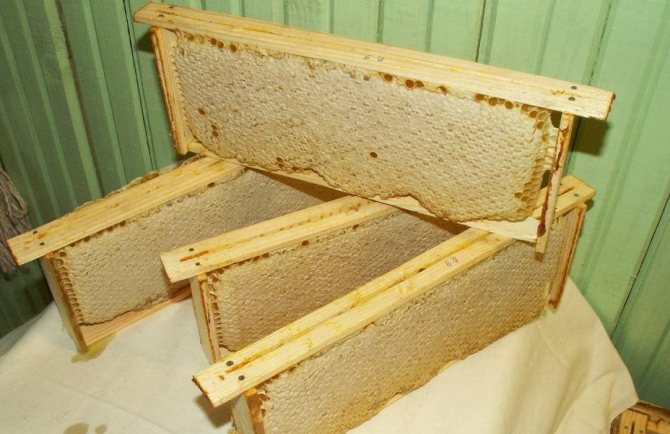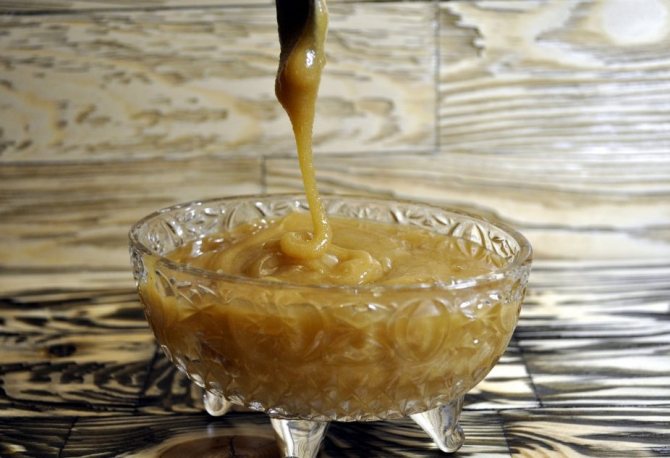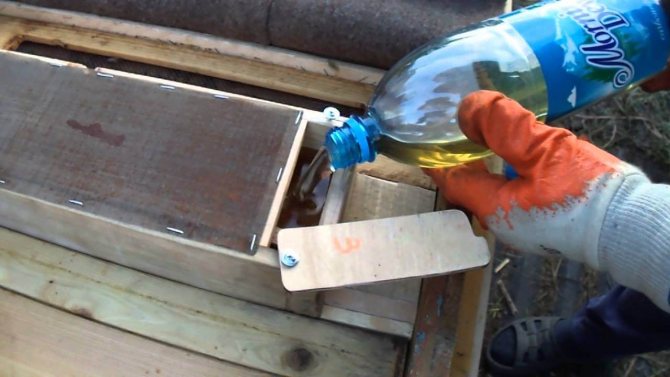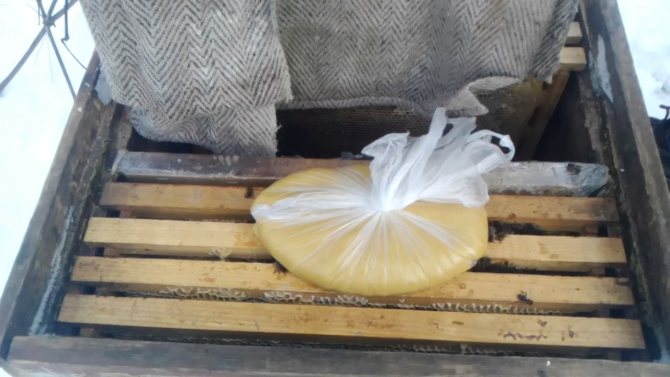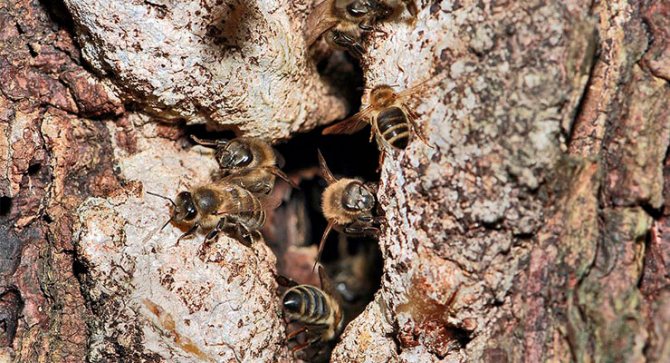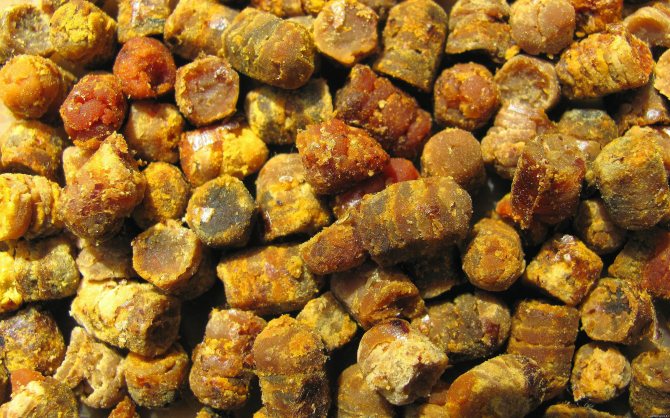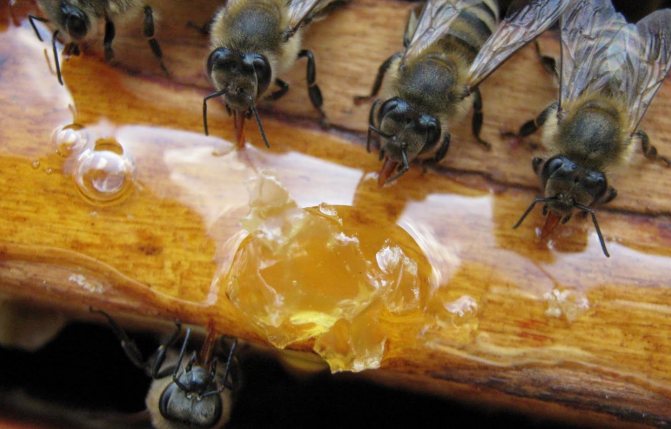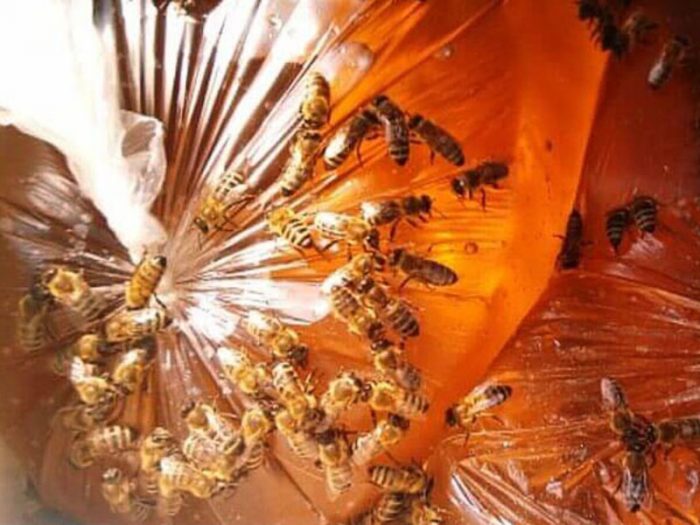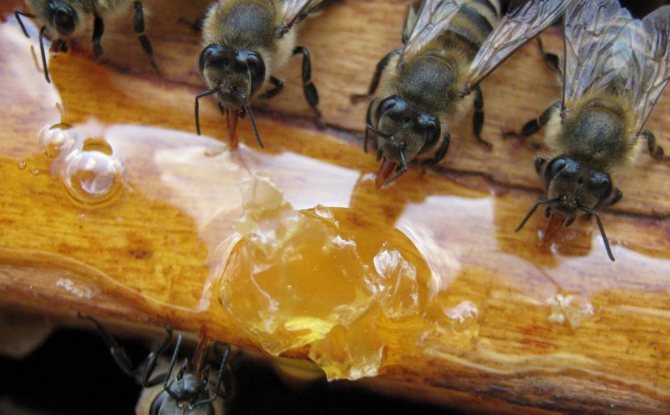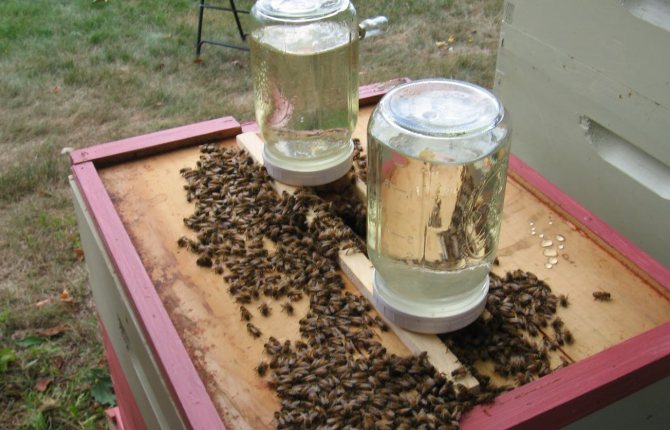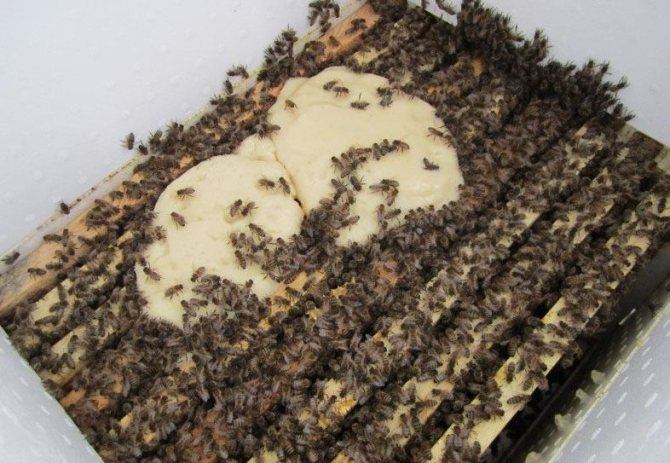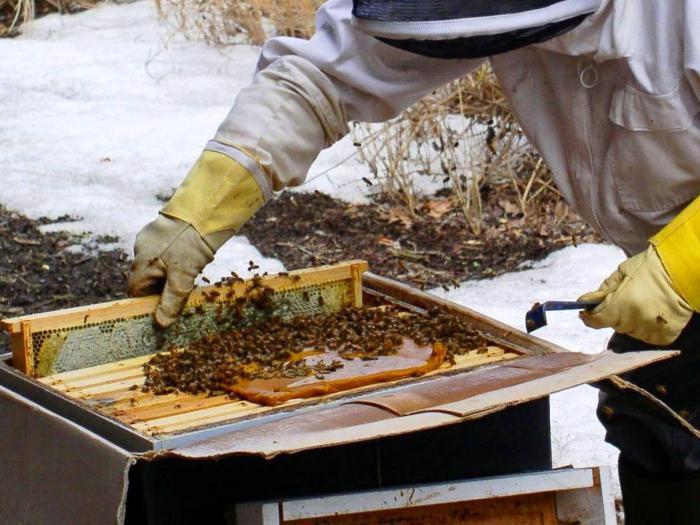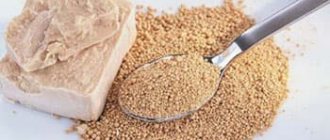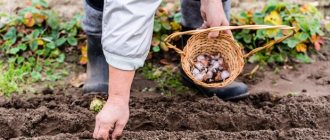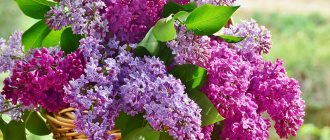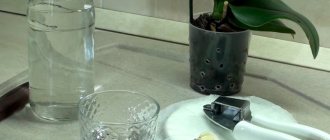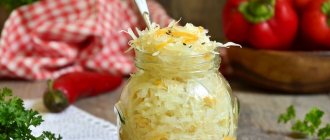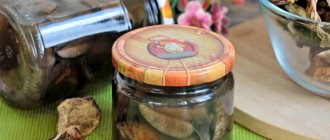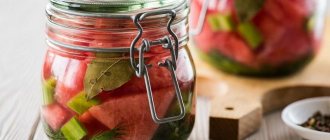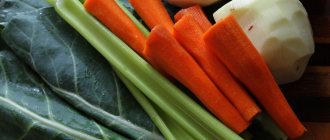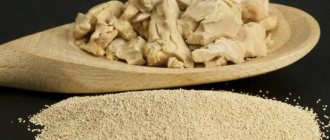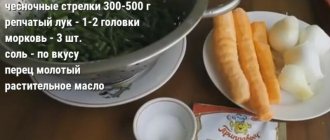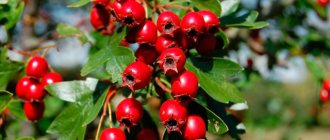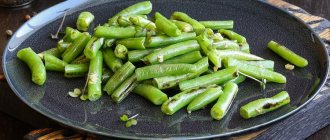Calculation of the amount of feeding
In order to calculate how much sugar syrup needs to be made, you need to figure out how much feed only one family will need for the winter. So, the average rates calculated by experienced beekeepers say that:
- for one street of the Dadan frame, about 2 kg of food is needed (with a dense placement there will be about 3,000 individuals on it);
- on the street of the Ruta frame - about 1.75 kg (with the same placement, it will accommodate about 2,500 individuals).
Most of the feed should be honey prepared in advance by bees and left by the owner of the apiary in the hives. But, up to 30% of the total amount can be replaced with honey, which bees will prepare from sugar syrup.
It must be remembered that the calculation of feeding is made from the weight of the sugar, and not the syrup itself. Those. in order for the bees to prepare a kilogram of sugar honey, they need to feed a kilogram of pure sugar diluted in water, and not one kilogram of the syrup itself.
What is the best food
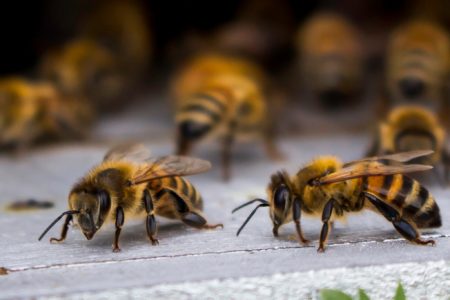
It is difficult to say unequivocally which type of cooked food is more suitable for the wintering period. The choice depends on the beekeeper and the goal he pursues.
- Top dressing as a result of a lack of quality stocks.
- Vitamin support for a weakened family.
- Prevention of certain diseases.
- Removal of queens.
- Prevention of early uterine worming.
- Family support before the first flight.
- Others.
With the help of kandy
The recipe for sugar and honey dough is simple. In 1.9 kg of honey heated to a liquid state (no more than 500) add 8 kg of powdered sugar and 100 ml of water. Kandy is one of the most popular types of food. Its use is justified in several cases:
- lack of winter supplies;
- insect support is needed during the transition period (the "dough" does not accelerate the years of honey plants and does not cause concern);
- prevention of various diseases (drugs are added during the kneading process).
Candy has a thick consistency, so it is convenient to place it on top of the frames. Pieces of "dough" are formed in the form of cakes. Each of them should weigh no more than one kilogram and be at least two centimeters in thickness. An ordinary polyethylene bag with slots will prevent drying out. The cakes can also be wrapped in cheesecloth.
Sugar syrup for wintering
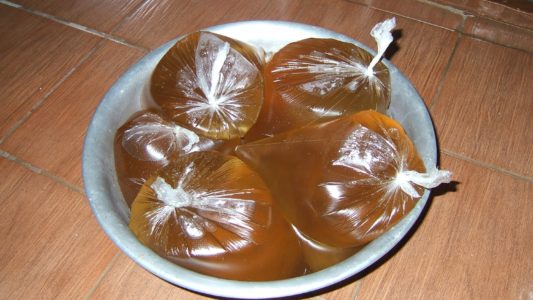

By the end of wintering, the bee club sometimes turns out to be away from the reserves. There are times when honey crystallizes. The family begins to starve. In this situation, a good solution would be to use sugar syrup. It can cause diarrhea in insects, but will prevent them from starving to death.
Winter nectar is prepared from 1 liter of water for 1.5 kg of sugar. Feeding bees with sugar syrup in winter is carried out in several ways:
- Spare low-copper frames are heated in a warm room. One frame contains about two kilograms of syrup. His family will have enough for 3-4 weeks.
- Homemade "nectar" does not need to be placed in the center of the nest. It can be poured into side and top troughs. The syrup crystallizes rather quickly, so it is replaced with fresh one. The bees do not take the frozen syrup from the feeders.
- The finished feed can be placed in a jar. It is placed at the bottom of the nest and wrapped in a quilted jacket.
Important!
Experienced beekeepers advise against giving syrup at the end of winter. Homemade nectar is not suitable as feed before the cleaning flight.It is best to use solid species.
Sugar syrup dressing is ideal for August - September. At this time, the nests are collected for the winter. If the opportunity to provide high-quality summer harvest honey for wintering is limited, then this method allows you to replenish stocks.
In August, when there is no last bribe, liquid nectar is prepared in a 1: 1 ratio. They give it every day, no more than 200 grams. It was at that time that the use of sugar feed was justified. There is brood in the hive and it is advisable that the old bees handle the feed processing. They fill the combs, maintain the necessary moisture, and feed the brood.
Old insects have already worn out on flights and will survive only until the first cold weather. This will give young insects the opportunity to gain strength, endure wintering well, and not wear out on fattening.
Professionals advise using sugar syrup if:
- the family did not collect supplies for the winter;
- honey prepared for feed is of poor quality, crystallizes or contains honeydew;
- there is a real threat of famine to the family;
- for the prevention of gnawing (in the solution, coniferous extract is perfectly diluted 2 g per 1 liter).
Important!
To avoid protein deficiency, high-quality honey is mixed into the syrup.
Method of preparation: The water is heated and sugar is added. After complete dissolution of the crystals, the mixture is cooled to 400. Honey is added.
Honey for feeding
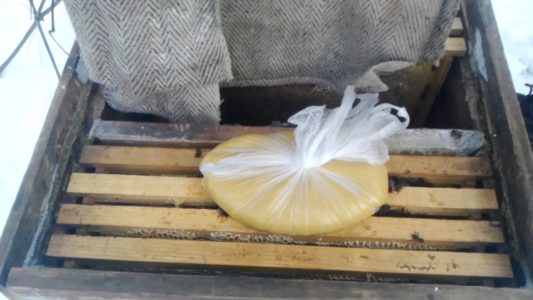

The ideal winter food option is, of course, honey. It is a staple food for honey bees. It contains all the substances necessary for insects, vitamins and minerals. Stocks made from the first bribe are optimal food for the family. Good storage properties are possessed by such varieties of the product, which were collected on white acacia, sweet clover, meadow grasses. They do not crystallize and are suitable for long-term storage. Honey taken from plants such as:
- mustard white;
- rape;
- rapeseed;
- fruits, berries;
- taken in dry hot weather.
The feed is taken at an average rate of 15 kg per family. The candied product is dissolved in a water bath before use.
Perga as top dressing
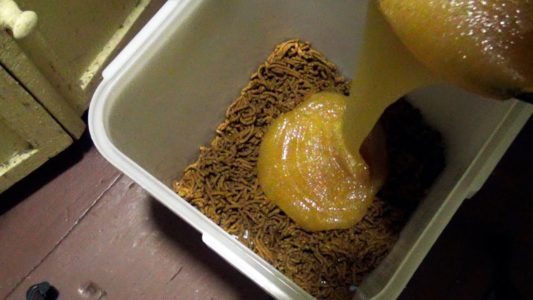

Honey and bee bread are best used at the end of winter. The ingredients are taken in equal amounts. The mixture is rolled out in the form of cakes. The advantages of this type of feeding:
- prevention of protein starvation;
- the composition is ideal for brood rearing;
- contributes to the normal production of wax;
- contains natural substances, vitamins, minerals.
Sugar candy
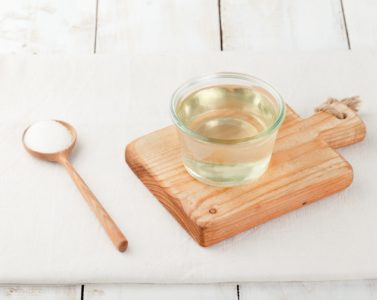

This type of feeding is used when there is a shortage of honey reserves. The cooking method is simple:
Water and sugar are boiled in an enamel bowl until thick. Products are taken in a ratio of 1 to 5. You can add a little citric acid and the resulting syrup will acquire additional viscosity. The frames are covered with paper. The ready-made sweet mass is laid out on them. After hardening, they are placed in the nests.
Important!
It must be remembered that with prolonged use of sugar candies, protein deficiency appears in bees. Sugar is not honey and does not contain the vitamins and minerals you need. Honey is added only to the cooled mass before pouring. When boiled, it loses its beneficial qualities.
Bee bread substitute
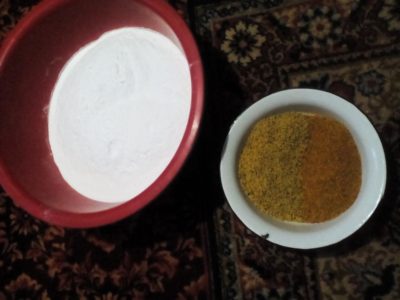

Until now, scientists have not been able to recreate any beekeeping product in laboratory conditions. All products have a unique and unique composition. Perga is no exception. However, beekeepers have found a way out, invented and successfully apply their substitute. It contains components that are known, available and necessary for insects. It is called a mixture of Gaidak. The basis of the composition:
- soy flour;
- whole milk powder;
- food yeast;
- egg yolks;
- casein.
Flour should be finely ground. It cannot be replaced with cereal.Cereals have a negative effect on the melliferous organism. Sometimes finely ground peas are used. Bees like it if a small part of bee bread is added to the mixture.
The need to feed the bee colony during wintering almost always arises. However, there are no clear rules and procedures for action. It all depends on the conditions, climate, species of honey plants, etc. Each owner chooses the best wintering option for himself and his farm.
Important!
The only recommendation in this case is preparation. Foods needed to maintain insects must be prepared in advance. And following the advice of experienced beekeepers will help keep the honey farm without losses before the onset of heat.
How to feed?
Feeding bees in autumn can be done in two ways:
- in small doses (up to 1 liter);
- large doses (from 1 to 3 liters per one complementary food).
The first option is more acceptable, since a small amount of bees will process more efficiently. This is due to an enzyme specially produced by bees - invertase. In cold weather, they cannot produce it in the required amount for high-quality processing of a large volume of sugar syrup, as they are very tired and exhausted during the period of flowering plants and collecting the bulk of honey.
Large doses can be used when there is a large number of bees in the colony and a good brood is already formed.
For feeding, separate wooden feeders are suitable, which are installed in the upper part of the hive, or special feeder frames.
It is best to give top dressing in the evening, after the end of summer. This will help avoid the facts of theft, and will also allow the bees to process all the prepared syrup overnight and wait for the next portion.
If you do not have special feeders for feeding bees, you can use a drinking bowl with a glass jar, or even adapt an ordinary plastic bottle with holes pre-drilled in it.
Also, syrup can be used to fill empty honeycombs in an unused frame.
Of course, a feeder remains the best option, since in alternative methods you will have to agitate the nest with your manipulations every time.
The main rule of feeding is to prevent drops of syrup from falling on the hive or the surrounding land.
When to feed and how long to feed?
It is worth starting feeding when the main period of the bribe is over, the bees are weakened for years and there are no flowering plants nearby.
In different regions of the country, feeding is carried out with some differences in terms. So, in the southern regions it can continue until early October (while maintaining good weather), and in others it should be completed in the first decade of September, since later feeding weakens the bees: they do not have time to process the syrup before new ones are born. bees that should not be involved in the processing process.
The main task of the young is to endure the winter, to be strong and healthy by the next season.
Also, if the brood is very late, then new individuals will not be able to complete their first years, as a result of which they will begin to defecate inside the hive, which will damage the combs with honey harvested for the winter. The exhausted combs are not suitable for feeding and the bees will not touch them, thereby reducing the volume of harvesting until the next season.
Feeding the bees in the street
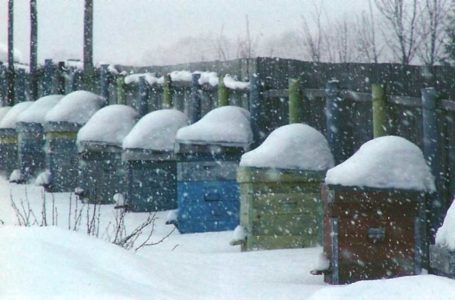

The honey in the nest must be controlled throughout the season. A check for a sufficient amount of it is carried out already in January. With a low quality of honey, you can feed it already from November. If families spend the winter outdoors, then they should be brought into a room with a temperature of at least 00 for feeding. In the open air, insects are given food only during a thaw at above-zero temperatures.
Sugar syrup substitution
Today, on the shelves of specialized stores for beekeepers, you can find ready-made inverted syrup, i.e. one that does not require the bees to break down sucrose, since the drug itself has already been broken down to the required components.
As a result of such feeding, individuals do not wear out so much, and in the spring they look healthier, stronger and more ready to harvest.
So far, this tool has not gained wide popularity and widespread use. For the most part, this is due to the fact that experienced beekeepers are already accustomed to ordinary sugar syrup and got the hang of making it in the right proportions, and, as you know, all innovations are very difficult for our people.
Wintering in Omshanik
For Omshanik, basement or semi-basement premises are best suited - there is maximum protection from an unstable climate and extraneous noise (one of the main factors for a successful wintering).
In order for the bees to feel comfortable, the room must be equipped with a humidity and temperature control system. For bee colonies, the optimal wintering conditions are: humidity within 75-85%, t from -2 to + 2 ° C.
A prerequisite is the absence of bright light. When visiting, it is allowed to use infrared lighting, however, closer to spring, bees begin to react with increased activity to this type of light.
If the preparation of bees for winter was carried out according to all the rules, and in the winter period the requirements of successful wintering in Omshanik were observed, then by spring you will get strong unweakened colonies with a minimum of death.
